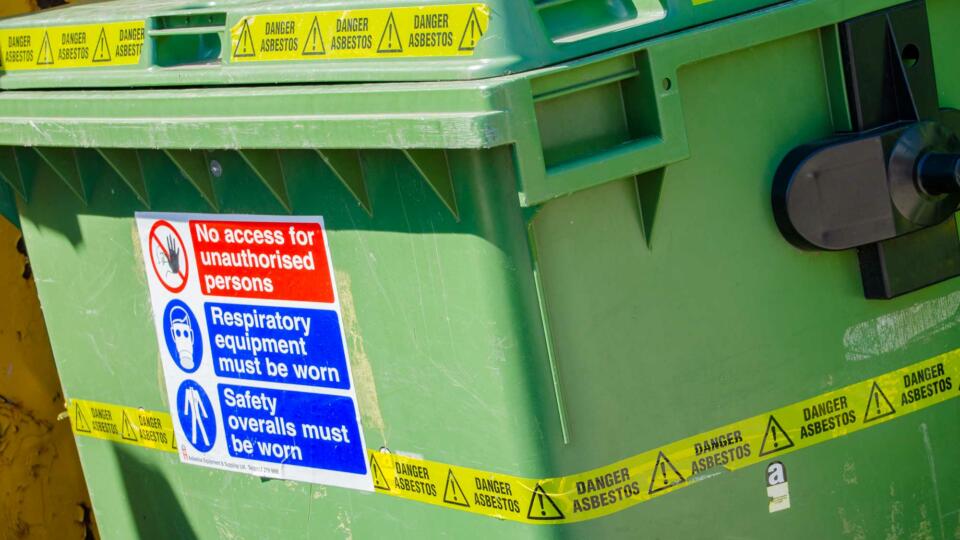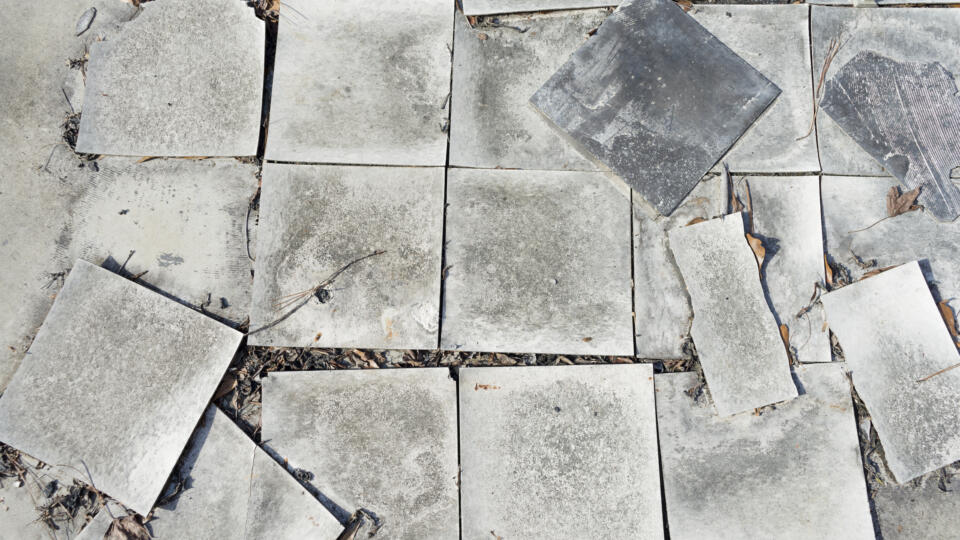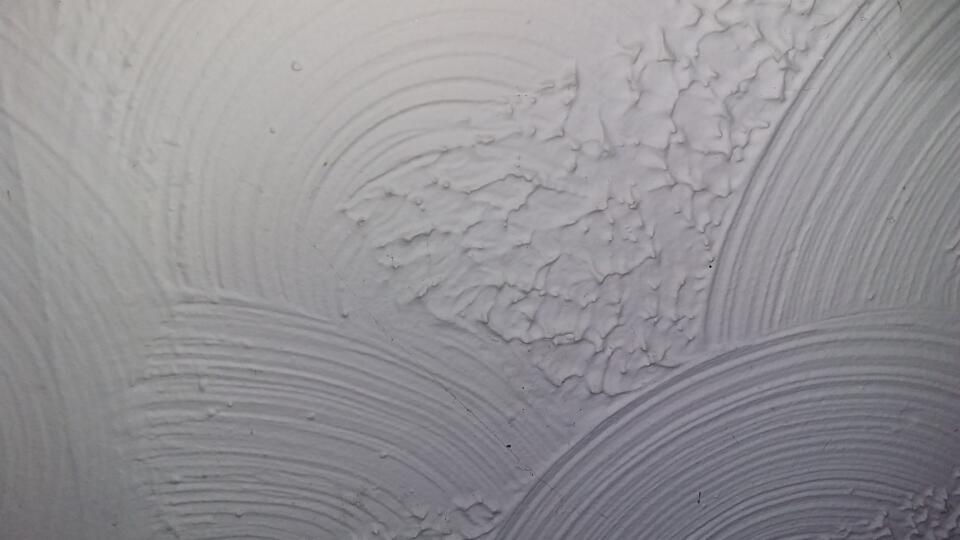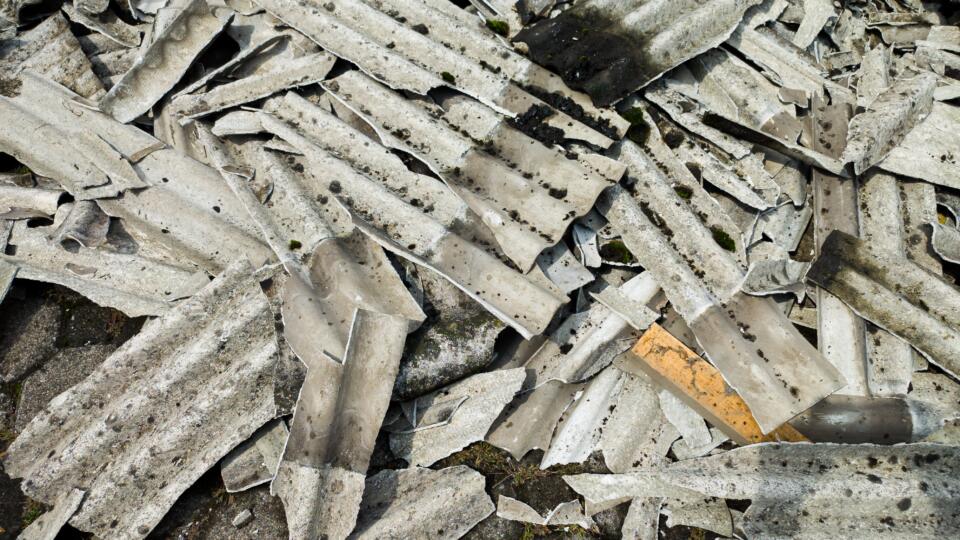
Asbestos Soffits: The removal guide
Posted
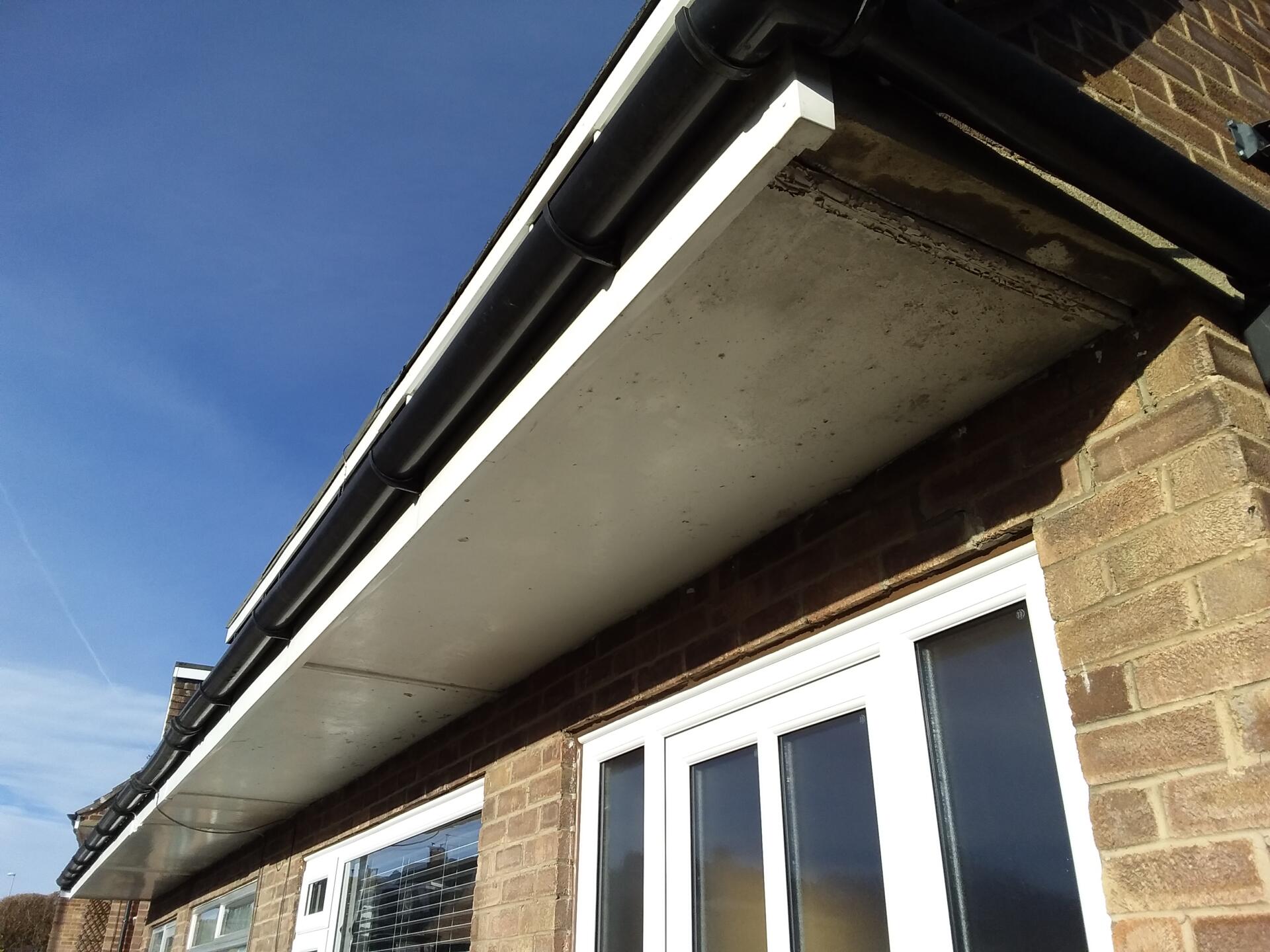
Asbestos Soffits: Removal guide
This is our 10-step guide on how to remove asbestos soffits at your property.
Step 1: Asbestos survey:
Before beginning any work, identify the presence and type of asbestos by having an asbestos survey carried out. Only then can you familiarize yourself with UK regulations regarding asbestos removal. Ensure that you comply with Control of Asbestos Regulations 2012 and any other relevant legislation.
Step 2: Safety Gear:
Obtain appropriate personal protective equipment (PPE) including a respirator mask with a P3 filter, disposable coveralls, gloves, and safety goggles. Ensure all equipment meets safety standards.
Step 3: Site Preparation:
Clear the area around the soffits of any obstructions that may hinder safe access. Erect barriers or warning signs to prevent unauthorized access to the work area.
Step 4: Wet Down:
Dampen the soffits with water and suppressant to suppress the release of asbestos fibres during removal. This helps to prevent fibres from becoming airborne.
Step 5: Containment:
Establish a containment area around the work site using polythene sheeting, correx sheets and duct tape. This prevents asbestos fibres from spreading to other areas.
Step 6: Safe Removal:
Carefully remove the asbestos soffits using hand tools such as screwdrivers or pry bars. Avoid using power tools that may generate dust. It is always easier to access the soffits from above by firstly removing the fascia’s and sliding back a row of roof tiles.
Step 7: Bagging:
Double-bag the removed asbestos material in heavy-duty plastic bags specifically designed for asbestos disposal. Seal the bags securely with duct tape.
Step 8: Decontamination:
Thoroughly clean the work area and all tools with damp rags or disposable wipes. Dispose of cleaning materials as asbestos waste.
Step 9: Disposal:
Transport the sealed asbestos waste to a licensed disposal facility. Contact us if you need help with waste collections.
Step 10: Post-Removal Inspection:
After removal, conduct a final inspection of the work area to ensure all asbestos-containing materials have been properly removed. Dispose of any remaining debris according to regulations.
Advice:
Consider hiring an asbestos removal contractor for the removal. They have the expertise and equipment to safely handle asbestos removal.
Remember, asbestos removal can be extremely hazardous, and improper handling can pose serious health risks. If you are unsure or uncomfortable with any aspect of the removal process, seek professional assistance. Safety should always be the top priority when dealing with asbestos.
FAQ:
Q: What are the risks associated with asbestos exposure, and why is it important to follow safety procedures during removal?
A: Asbestos exposure can lead to serious health issues such as lung cancer, mesothelioma, and asbestosis. Inhalation of asbestos fibers is particularly hazardous, as they can become lodged in the lungs and cause long-term damage. Following safety procedures during removal, including wearing appropriate protective gear and properly containing and disposing of asbestos materials, is crucial to minimizing the risk of exposure.
Q: How can I ensure that I am complying with UK regulations regarding asbestos removal?
A: To ensure compliance with UK regulations, it is essential to conduct an asbestos survey to identify the presence and type of asbestos. Additionally, familiarize yourself with the Control of Asbestos Regulations 2012 and any other relevant legislation governing asbestos removal. Failure to comply with these regulations can result in legal penalties and pose significant health risks.
Q: Are there any alternatives to DIY asbestos removal, such as hiring a professional contractor, and what are the advantages of doing so?
A: Hiring a professional asbestos removal contractor is always recommended due to the expertise and specialized equipment they possess. They are trained in safe asbestos removal practices and can ensure that the process is carried out efficiently and in compliance with regulations. Additionally, hiring a contractor can minimize the risk of exposure to asbestos fibres and provide peace of mind knowing that the removal is being handled by experienced professionals.
Things to consider as a homeowner with asbestos soffits
- Do not attempt asbestos removal if you’re not properly trained and equipped.
- Asbestos exposure can lead to severe health issues, including lung cancer and mesothelioma, so safety should be the top priority. Do not risk it.
- Be extremely cautious and patient to minimize the risk of releasing asbestos fibres.
- Asbestos removal is a dangerous task and should ideally be left to professionals. DIY removal should be a last resort, and it’s crucial to follow all safety guidelines and local regulations.
- Keep children and pets away from the work area.
- Contact a professional like us to carry out the works.
Further Reading

